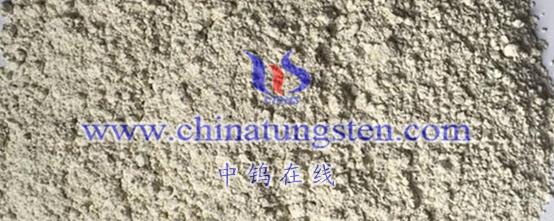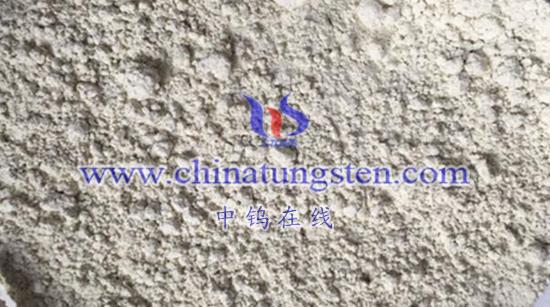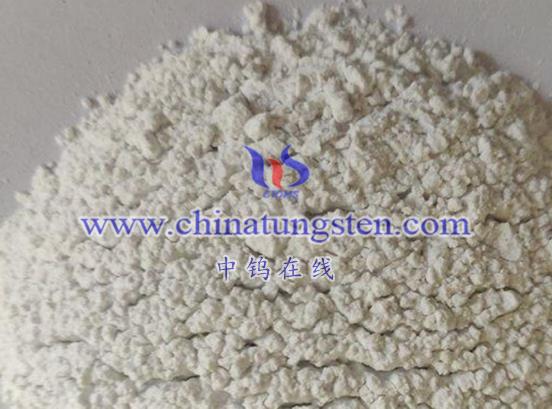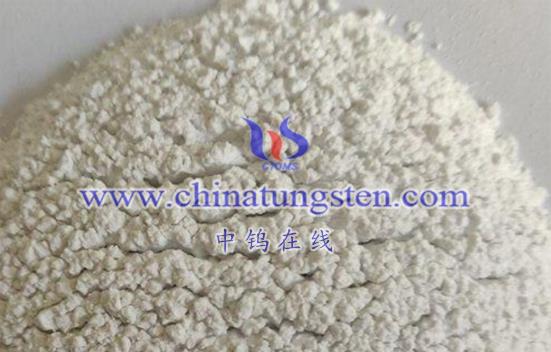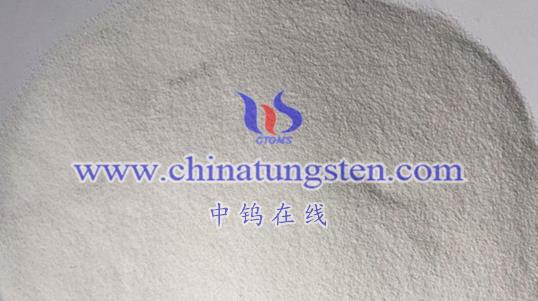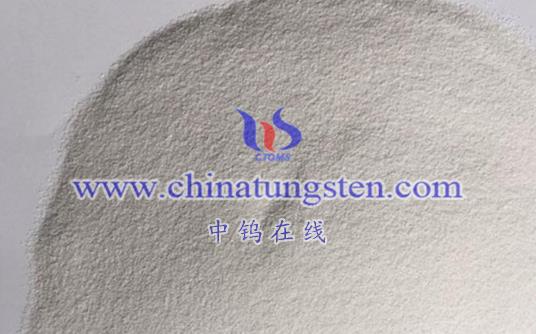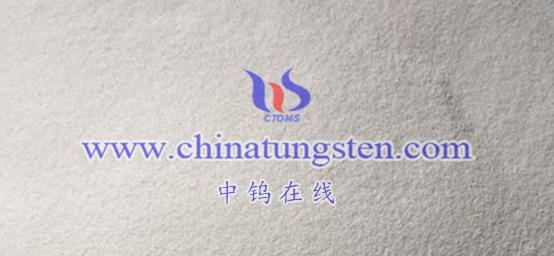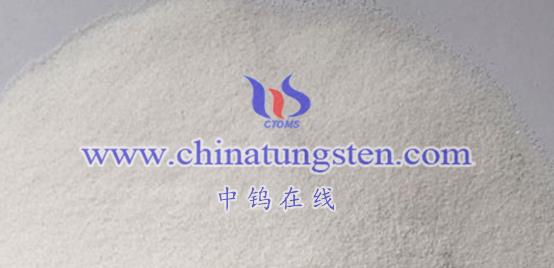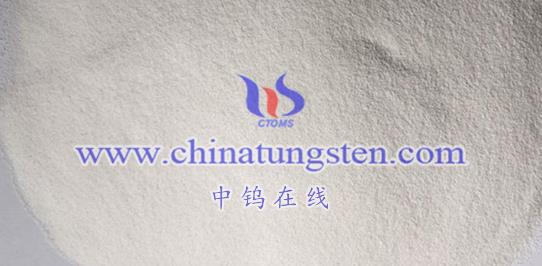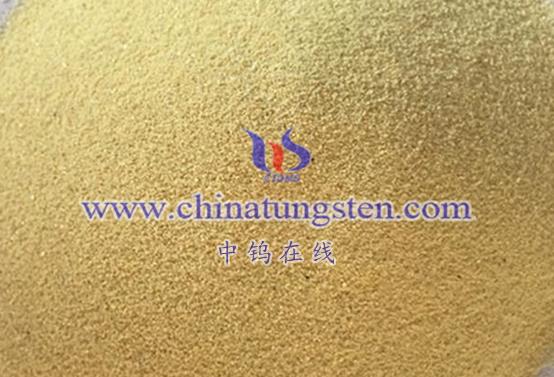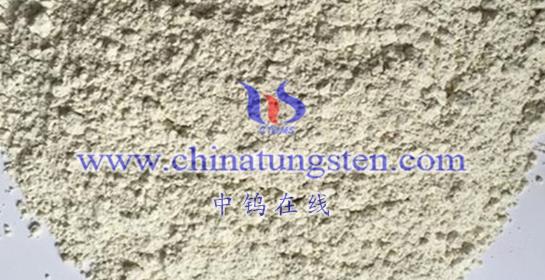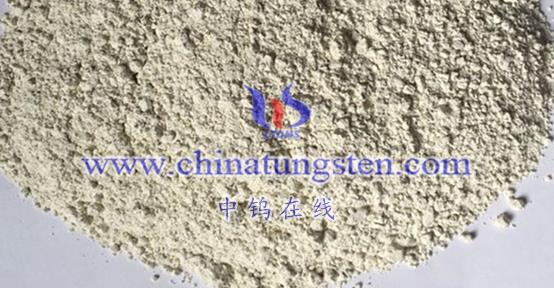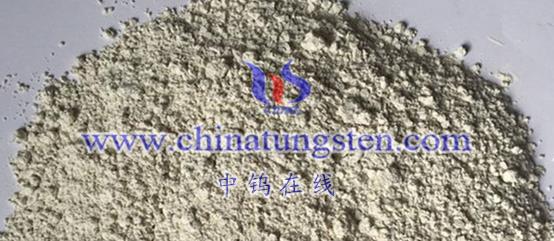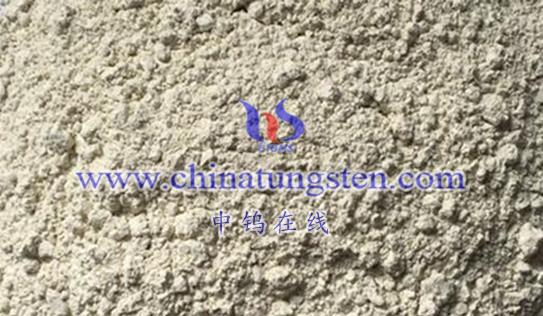
Nano tungsten trioxide (WO₃) is a unique inorganic N-type semiconductor material known for its distinctive physical and chemical properties. It has broad applications in various fields due to its semiconductor characteristics. Below is a detailed introduction to WO₃ as a semiconductor material:
- Basic Properties of Nano Tungsten Trioxide (WO₃) as a Semiconductor Material
- Appearance: Yellow powder, insoluble in water, soluble in alkaline solutions, and slightly soluble in acids.
- Molecular Formula: WO₃
- Molecular Weight: 231.84 g/mol
- CAS Number: 1314-35-8
- EINECS Number: 215-231-4
- Particle Size: Typically in the nanometer range, such as 50-60 nm, which results in a large specific surface area and significant surface effects.
- Semiconductor Characteristics of Nano WO₃
- Band Gap Structure: Nano tungsten trioxide is a wide bandgap n-type semiconductor with a bandgap energy of about 2.5-2.7 eV. This wide bandgap allows WO₃ to exhibit notable photoelectric effects when exposed to visible and ultraviolet light.
- Photogenerated Carriers: Under light irradiation, WO₃ absorbs photons and generates electron-hole pairs (photogenerated carriers). These carriers are highly active and can participate in redox reactions, enabling applications such as photocatalysis.
- Applications of Nano WO₃ as a Semiconductor
- a) Photocatalysis
Nano WO₃ exhibits excellent photocatalytic properties and can degrade organic substances into harmless products using sunlight or artificial light. This makes it ideal for applications like air purification and water treatment. For example, in air purification, it can remove harmful gases and odors, while in water treatment, it degrades organic pollutants and heavy metal ions.
- b) Energy Conversion
WO₃ can be used in hydrogen production through photocatalytic water splitting. When exposed to light, WO₃ can decompose water into hydrogen and oxygen, offering a promising method for developing renewable energy sources.
- c) Battery Materials
Nano WO₃ has potential as an additive in lithium-ion battery electrodes, particularly for the anode material. It can enhance the electrochemical performance, efficiency, and lower production costs. Lithium-ion batteries containing WO₃ can power electric vehicles, electronic tools, smartphones, and more.
- d) Gas Sensors
Due to its sensitivity to various gases, WO₃ can be used in gas sensors. These sensors can detect harmful gas concentrations such as CO, CH₄, NOx, SO₂, etc., making them widely used in environmental monitoring and industrial safety.
- e) Other Applications
Nano WO₃ also finds use in producing solar energy absorbing materials, coatings for stealth technology, paints, pigments, and in the petrochemical industry as a catalyst for hydrogenation, dehydrogenation, oxidation, and hydrocarbon isomerization reactions.
- Preparation Methods
There are several methods for synthesizing nano WO₃, including:
- Hydrothermal Method
- Sol-Gel Method
- Microemulsion Method
- Precipitation Method
Each method has its advantages and disadvantages, and the appropriate one is chosen based on the specific application requirements.
- Conclusion
As a novel inorganic N-type semiconductor material, nano WO₃ holds great potential in fields such as photocatalysis, energy conversion, battery materials, and gas sensors. With continuous advancements in science and technology, the preparation techniques and performance of nano WO₃ will continue to improve, further expanding its application scope.
More details of tungsten oxide product, please visit website: tungsten-oxide.com
Please contact CHINATUNGSTEN for inquiry and order of tungsten oxide:
Email: sales@chinatungsten.com
Tel.: 86 592 5129595
